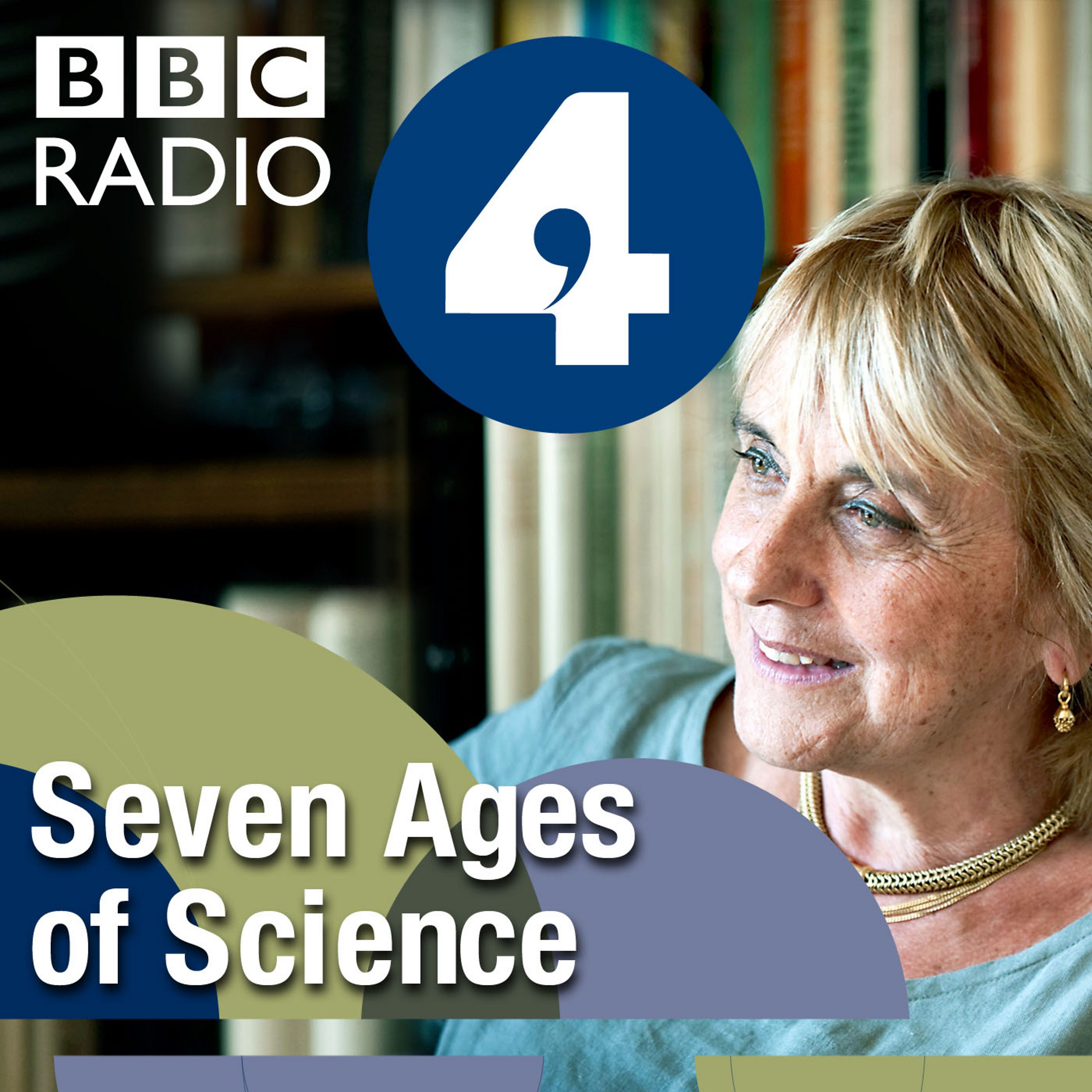Age of Exploration
Description
We're often told that science changed our world. In this series, Lisa Jardine explores how the world changed science, pushing it in new directions, creating new disciplines and pioneering new approaches to scientific understanding.
Lisa Jardine describes how the desire to build an empire promoted a keen scientific interest in plants, in this second of her Seven Ages of Science, exploring the history of modern science in Britain. We needed to understand what plants existed in the world and how they might be grown for profit elsewhere in the tropics. In the Age of Exploration, the early British Empire was an international botanical empire.
In the 1700s, scientifically-minded men devoured stories of exotic new worlds from the comfort of their London coffee houses. In the 1800s, an explosion in overseas trade allowed young men with an interest in the natural world to discover strange new species for themselves. The known world was expanding, science started to look outwards.
Ships returned loaded with all manner of strange and unexpected things. And, Lisa argues, it was this wealth of unfamiliar stuff flooding into England - from slave whips to giraffe heads, weird creatures and exotic plants - that encouraged a new interest in collecting and classifying. This was the Age when taxonomy was born.
Captain Cook's famous voyage of discovery on The Endeavour brought back thousands of new plant specimens, and exquisite drawings of thousands more; drawings that were both aesthetically beautiful and scientifically accurate. They made botany highly fashionable: women started to embroider new species, and playing cards advertised Linnaeus' new system for classifying them.
But, it was a desire to make money out of newly acquired lands in Australia, India and elsewhere that really drove a growing scientific interest in plants. How else could we make money out of these newly acquired lands? Botany Bay in Australia is so named for a reason: Joseph Banks - who travelled with Cook on The Endeavour - imported a host of different plants to Botany Bay so the convicts would be able to feed themselves. We have him to thank for introducing sheep to Australia. Later, experiments on indigo and cotton tested whether they might thrive elsewhere in our growing empire.
The networks that make botanical science are the networks of the slave trade. Plant specimens returned to England on the same boats that took slaves to the Caribbean. And many of the beautiful examples that we admire today were picked and pressed by slaves.
By the end of this Age of Exploration, botany has been promoted from a hobby to a well- established "scientific" activity (paving the way for later evolutionary theories), scientists have proved themselves useful to the Crown and adventure, wonder and discovery are now integral to what it means to "do science".
Producer: Anna Buckley.
More Episodes
Published 09/17/13
Lisa Jardine explores what's driving science in the 21st century: curiosity, politics, profit or PR?
Published 09/17/13
Lisa Jardine explores how military demands mobilised science not in World War II, but in World War I.
The idea that Britain's scientific expertise and effort was mobilised from scratch on the eve of World War II is a myth. Long before 1939, Britain was ready to wage, and win, a scientific war.
Published 09/10/13


